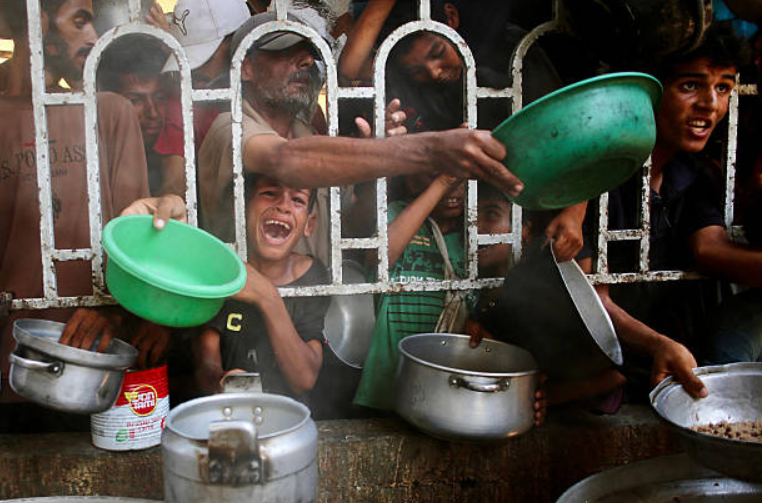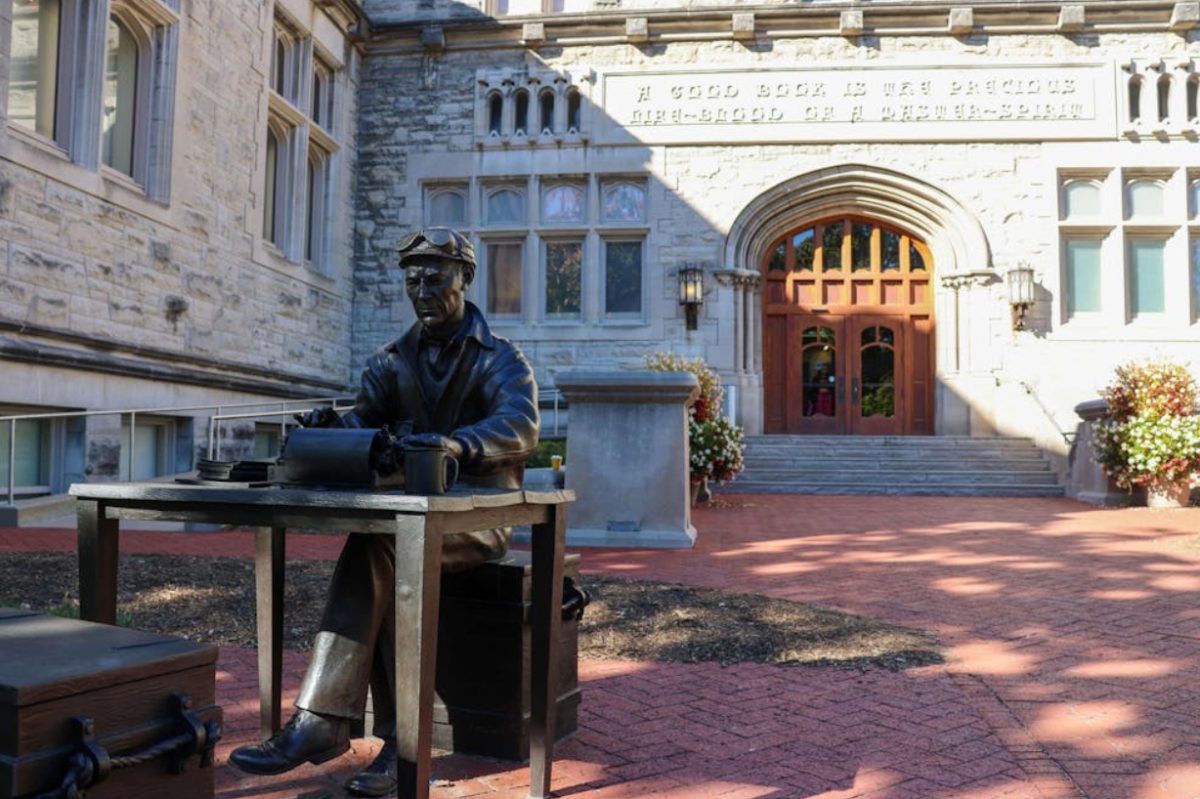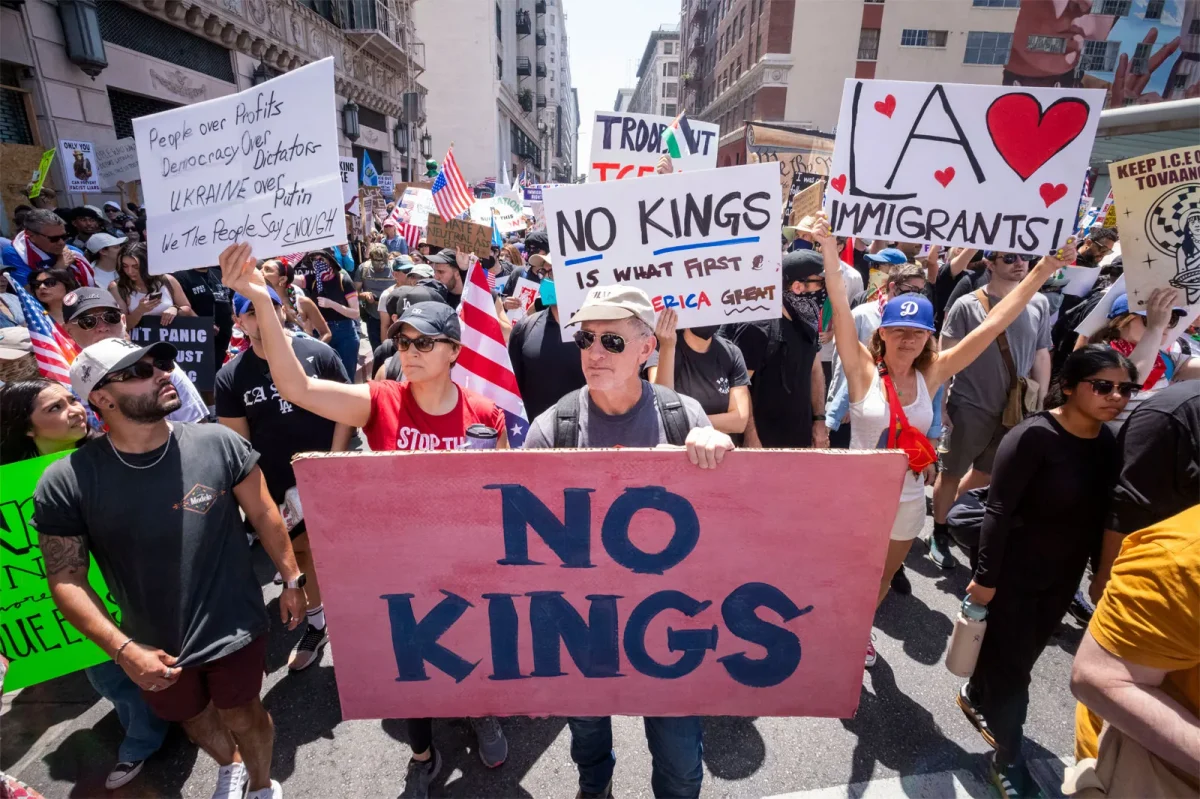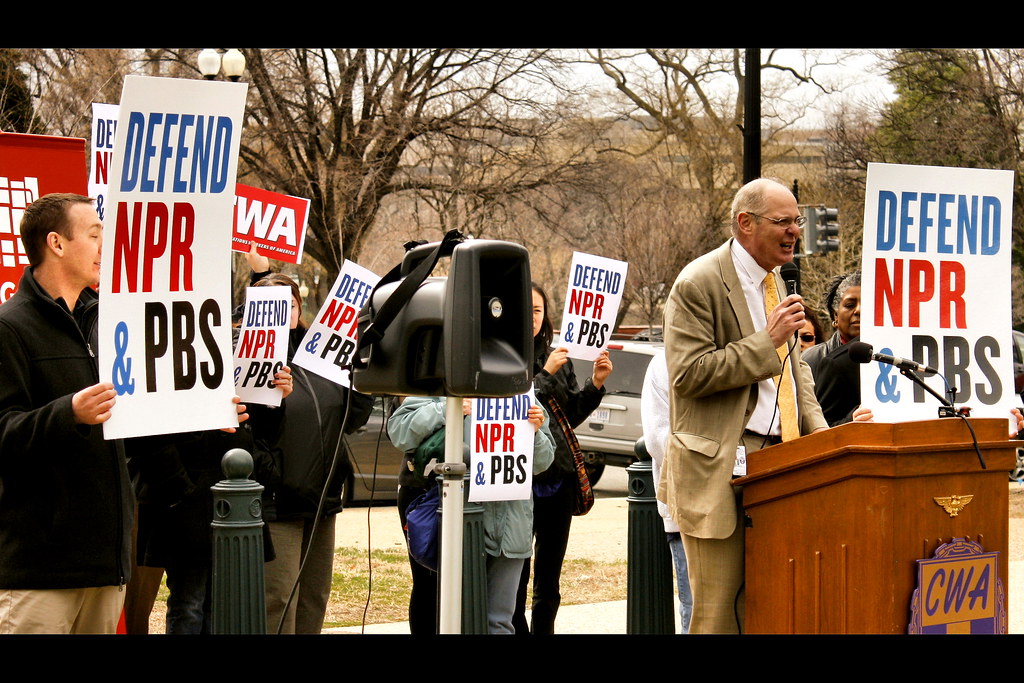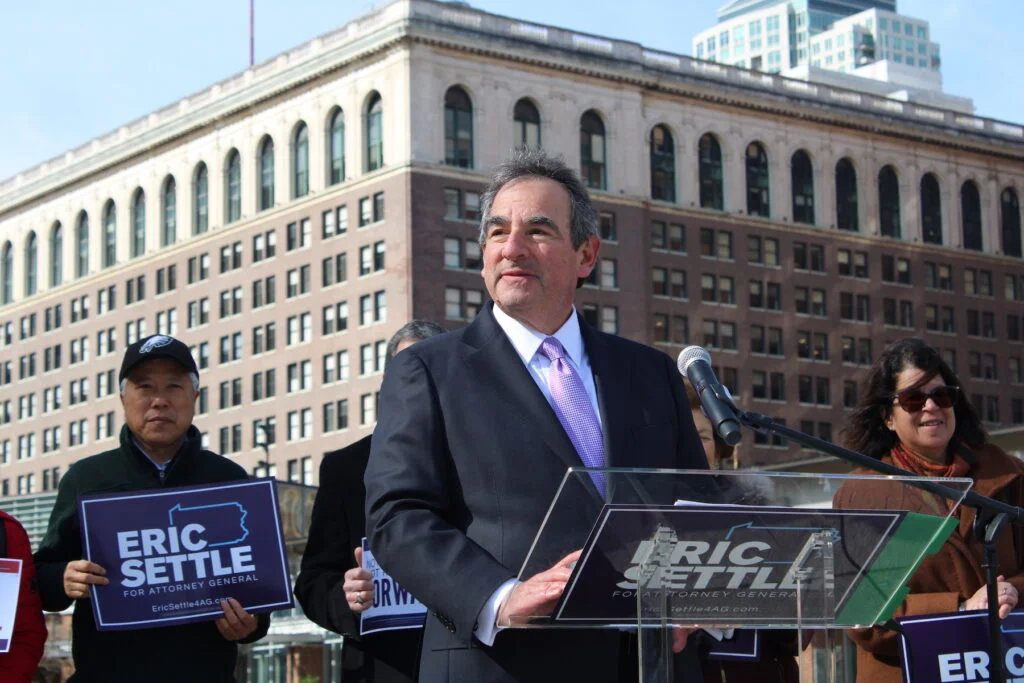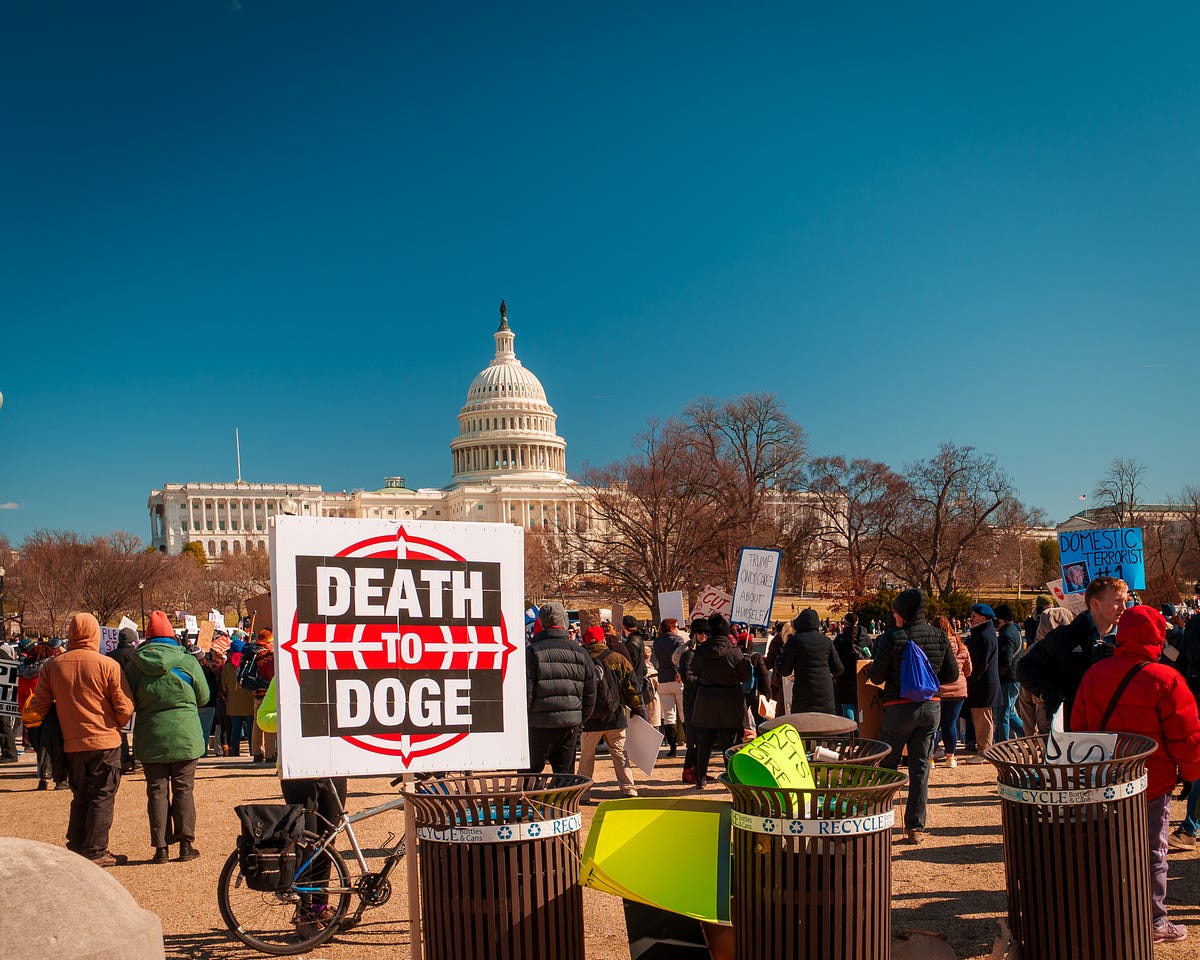The sound of rumbling stomachs echoes louder than airstrikes in some homes in Gaza.
Beginning in 2023, the militant group Hamas, which governs the Gaza Strip, launched a large surprise attack on southern Israel. The attack, including rocket fire and ground raids, killed around 1200 people. In response, Israel launched a full-scale military campaign in Gaza, including airstrikes, ground invasions, and a blockade of food, water, fuel, and humanitarian aid. The Israeli government claims its goal is to eliminate Hamas, but caught in the middle of it is the civilian population of Gaza, which has over 2.2 million people. Gaza has been under a blockade since 2007, which was after Hamas took over the territory. This blockade has severely limited the movement of people and goods, which affects healthcare, the economy, and access to necessities. After just a year of fighting, large parts of Gaza’s population are now displaced and malnourished.
International aid groups all around warn that the majority of Gaza’s population is at risk of famine, with both food and water supplies almost completely shut off in some areas. Hospitals are overwhelmed or destroyed, and humanitarian organizations are struggling to provide aid. This crisis affects over 2 million people, with over half of them being children.
Beyond physical survival, Gaza faces a growing mental health crisis. With over half of Gaza’s population being under the age of 18. Being prolonged to violence, displacement, and uncertainty has led to widespread psychological trauma. Mental health services are limited and completely overwhelmed with people. Children who witnessed bombings firsthand and who lost family members and friends suffer from PTSD and depression. Many adults in Gaza suffer from an extreme sense of hopelessness.
A 40-year-old father of two from Jabalya town, Hadi ‘Abd Rabu, spoke about the mortal danger at aid distribution points and GHF centers. “I saw Israeli tanks and soldiers, and also Americans in uniform, armed with the same weapons as the Israelis, firing heavy gunfire at people like me who only wanted to obtain food. Many people were killed, most hit in the head or chest. I saw a woman standing just a few meters from me, shot in the head. Her head simply exploded.”
Access to clean water has become a critical problem. Bombing damage to water pipelines and sewage treatment facilities has led to widespread contamination. According to the United Nations, over 90% of Gaza’s water is unsafe for drinking. This contamination has led to a widespread spread of waterborne diseases like diarrhea and cholera, especially among children.
David Miliband, President, International Rescue Committee (IRC): Observed people “collapsing in the streets from emaciation” and called the situation a “man-made catastrophe… entirely preventable”.
The blockade and conflict have crippled Gaza’s economy. With limited access to imports and exports, unemployment has soared, and many families live below the poverty line. Restrictions on fishing and agriculture have further damaged livelihoods, and the destruction of homes and businesses has left many completely helpless.
Education in Gaza has been severely impacted. Many schools have been damaged or destroyed, while others serve as shelters for displaced families. The prolonged conflict has caused months of school closure. Depriving children of education and increasing dropout rates. This threatens an entire generation of prospects in Gaza. Despite the hardships, the resilience of the people will continue. But as efforts to negotiate ceasefires fail, the people of Gaza will continue to go through this relentless violence and starvation. A crude reminder of the toll war takes on innocent lives.


